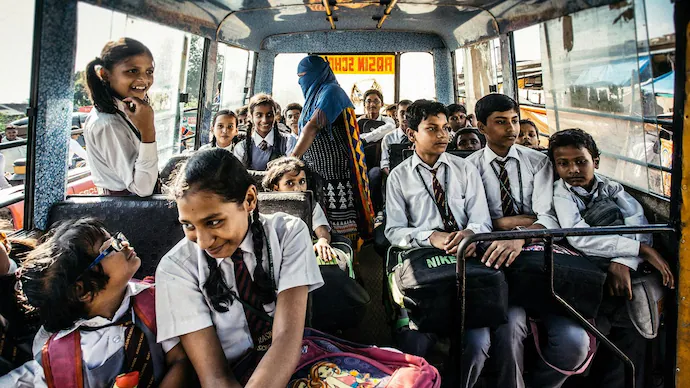- Courses
- GS Full Course 1 Year
- GS Full Course 2 Year
- GS Full Course 3 Year
- GS Full Course Till Selection
- Answer Alpha: Mains 2025 Mentorship
- MEP (Mains Enrichment Programme) Data, Facts
- Essay Target – 150+ Marks
- Online Program
- GS Recorded Course
- Polity
- Geography
- Economy
- Ancient, Medieval and Art & Culture AMAC
- Modern India, Post Independence & World History
- Environment
- Governance
- Science & Technology
- International Relations and Internal Security
- Disaster Management
- Ethics
- NCERT Current Affairs
- Indian Society and Social Issue
- NCERT- Science and Technology
- NCERT - Geography
- NCERT - Ancient History
- NCERT- World History
- NCERT Modern History
- NCERT Medieval History
- CSAT
- 5 LAYERED ARJUNA Mentorship
- Public Administration Optional
- ABOUT US
- OUR TOPPERS
- TEST SERIES
- FREE STUDY MATERIAL
- VIDEOS
- CONTACT US
First Evidence of Rock Art in Mangaluru city
First Evidence of Rock Art in Mangaluru city
06-06-2024
Recently, Archaeologists found the first evidence of rock art in Mangaluru City near Boloor Panne Koteda Babbu Swamy shrine.
- The rock art has a pair of human footprints, found on a natural stone boulder near the shrine.
- These footprints might have been made in the first or second century AD.
Rock Art Tradition in India:
- Rock art, including paintings and engravings on natural surfaces such as caves, shelters, and boulders, is a global phenomenon and one of humanity's earliest artistic expressions.
- In India, rock art exhibits remarkable diversity in both style and subject matter, covering from the Upper Palaeolithic period to historic times, and even resonating in the artistic traditions of present-day tribal communities.
Rock Art Sites in India:
-
South India:
- Karnataka: Kupgal (Sanaganakallu), Badami, Maski, Piklihal, Tekkalakota.
- Andhra Pradesh: Budagavi, Chintakunta, Kethavaram, Kurnool.
- Tamil Nadu: Alambadi, Padiyandal.
- Kerala: Edakkal and Ezhuthupura rock shelters.
-
Lakhudiyar Rock Shelters, Uttarakhand:
- Notable prehistoric paintings, including scenes of hand-linked dancing human figures.
-
Vindhyan Region and Satpura Ranges:
- Bhimbetka (Raisen), Madhya Pradesh: A UNESCO World Heritage Site renowned for its rock shelters.
- Cave (Bhimbetka III F-24) petroglyphs: The oldest known rock art in the world.
-
Ajanta Rock Paintings, Maharashtra:
- Primarily depict Buddhist subjects and stories from the Jataka tales.
- Late 6th century CE painting of Bodhisattva Padmapani holding a lotus flower.
-
Ellora Paintings, Maharashtra:
- Hindu, Buddhist, and Jain cave temples from the 8th to 10th centuries CE.
- Paintings with sharp features and pointed noses in the Jain caves.
Must Check: Best IAS Coaching In Delhi



